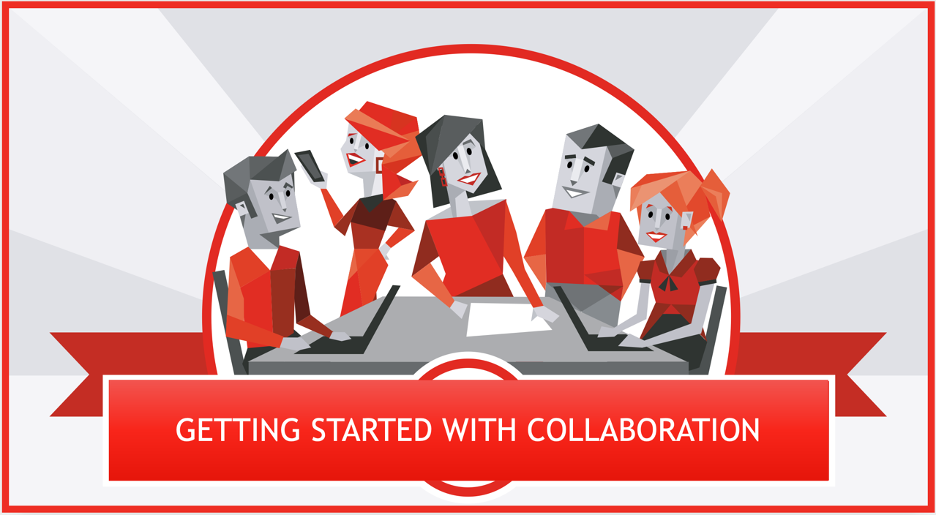Five ways to start collaborating and working smarter today!
Maybe you’ve heard about your colleagues connecting on Yammer or Microsoft Teams? Perhaps you’re working from home and looking to streamline how you get work done. Or you’ve heard the buzz about this collaboration thing and you’re keen to give it a go but don’t know where to start.
What is digital collaboration and enterprise social?
Enterprise collaboration and social tools are community and knowledge management platforms for the workplace. These tools allow you to connect, communicate and collaborate with your colleagues around the world. Organizations implement collaborative technology to streamline communication, increase knowledge sharing, and cross-department connections. You’ll find communities and teams connecting at the micro-level, meaning your direct peers at work, and more broadly across the organization in communities of interest and practice.
How does collaboration and social networking apply to my job?
Working more productively in the digital workspace applies to all staff who need to connect and communicate with their colleagues, from frontline employees in hospitals or grocery stores to executives and their leadership team in big corporations. Collaborating and sharing information across the organization leads to better business outcomes for your team and your customers. With the advent of ubiquitous access to mobile devices and the internet, there is no better time to start thinking about working faster and smarter online.
So, how do I get started if I have never used a collaboration tool before?
I have five tips to help you get started:
GET ACCESS: Find out what your company is using to collaborate and communicate and get access to it. In some cases, it might be embedded right into your intranet. It could be a stand-alone app or website you’ll need to download and get access setup.
START OBSERVING: Once you have access, the world is your oyster. I highly recommend following or joining a few groups or communities and observing them in action. This is usually where most conversation takes place. You will find people conversing on various topics, posting questions, sharing interesting articles and files that they may be working on. Often groups will also collaborate around different aspects of their work.
LIKING POSTS: In most collaboration tools, the easiest way to get started if you are not feeling super comfortable in the digital environment (yet!) is to like or react to posts you are interested in. This shows you have read the article and signifies some level of agreement. It’s like a virtual nod to the content. Some platforms allow you to like, applaud, sad face, angry. Experiment with the reactions if you like.
ASK A QUESTION: Now you are reading and liking, it’s time to post your first new thread. I always recommend you start with a question. Try it! Think of something you need to know and post it in the relevant group. You’ll be surprised at the answers you receive!
GET ENGAGED: You know your way around now. So why not start commenting and engaging in the posts of others? This could mean replying to messages, answering questions, and engaging with your colleagues around different topics. Pretty soon, you will be at the top of the collaboration leaderboard.
How SWOOP Analytics can help you become a better collaborator
SWOOP Analytics empowers employees and leaders worldwide with personal and enterprise data to be successful in the digital workplace. We analyze the content and relationships in Microsoft Teams, Yammer and Workplace from Facebook to provide organizations with deep collaboration and behavioral insights. We help you adapt behaviors to reach better business outcomes and make informed decisions about collaboration effectiveness.
SWOOP’s unique personas enable you to identify your collaboration style and guide you to understand what behaviors you need to change to be a more effective collaborator.

